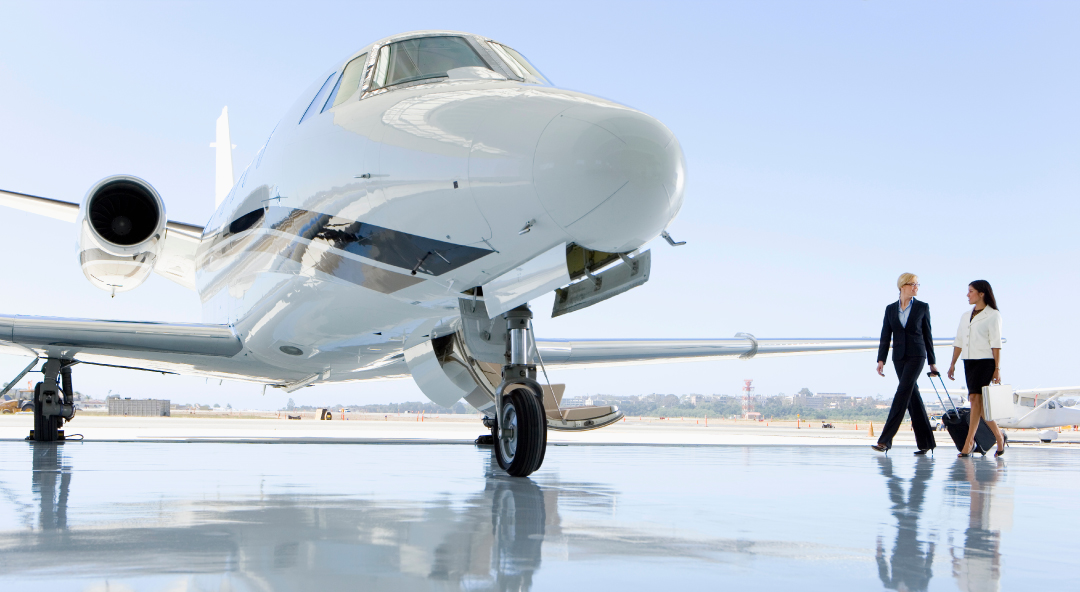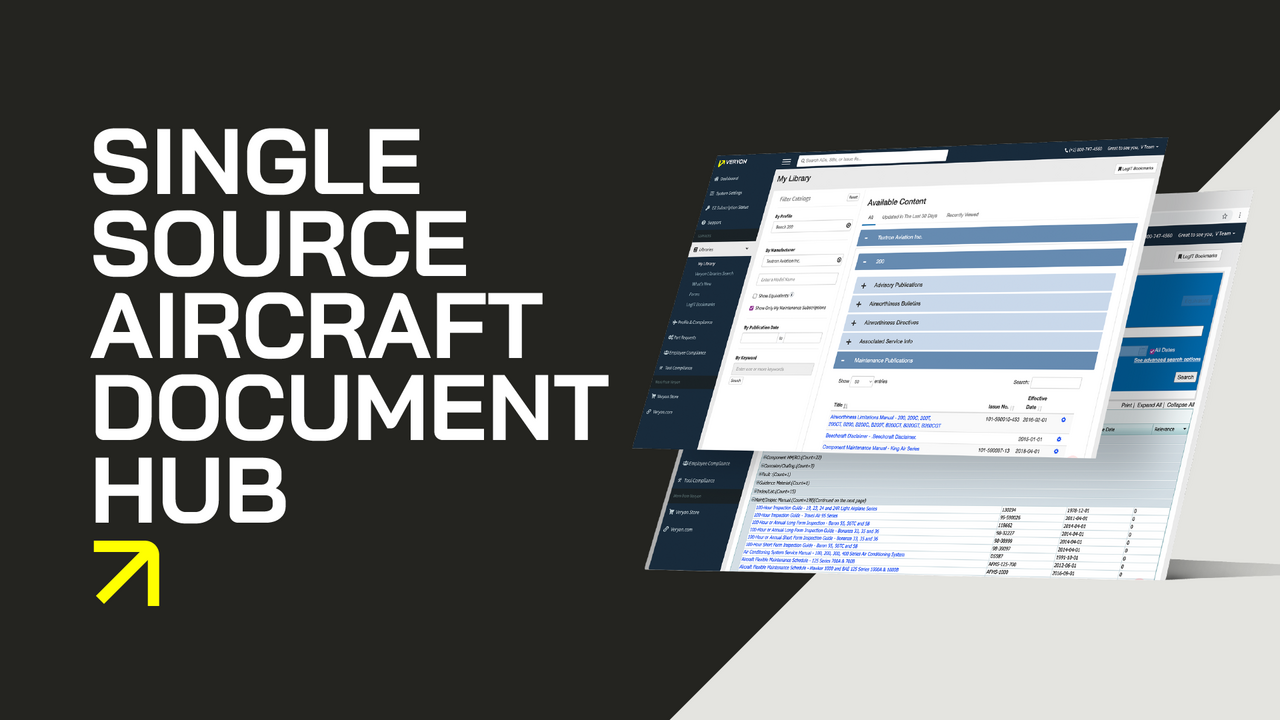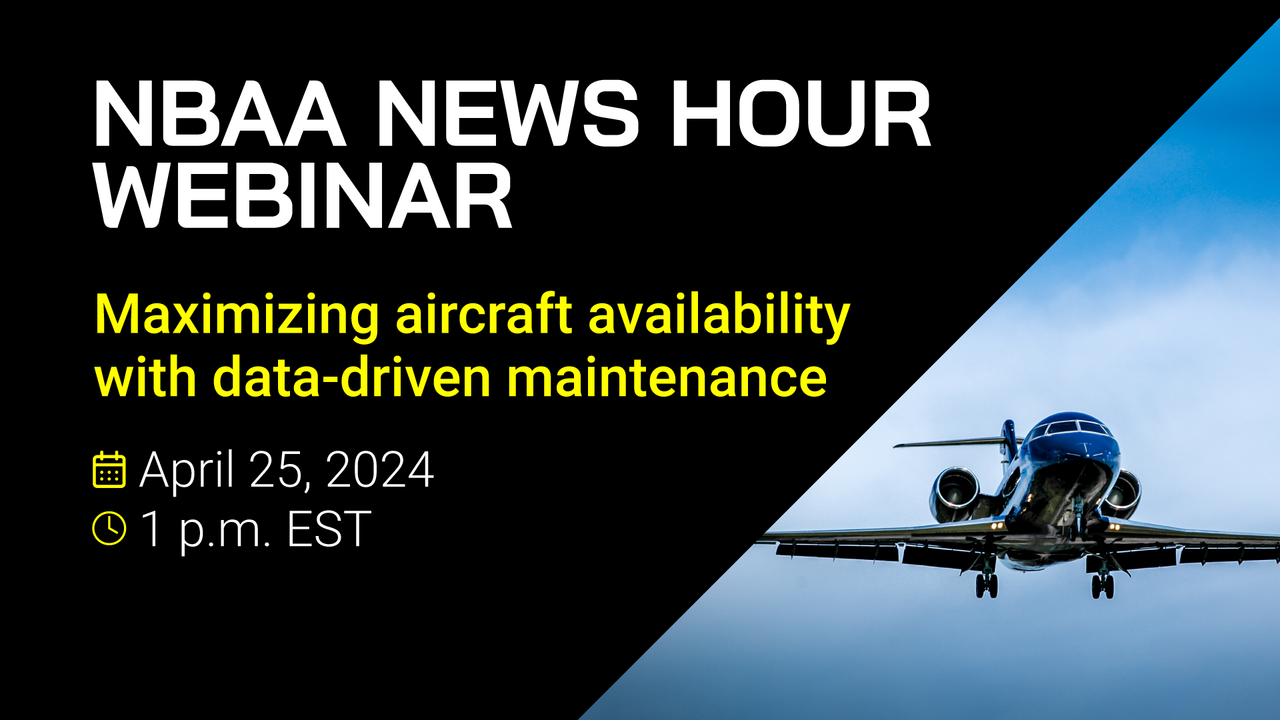
When a company makes its business aircraft available to employees for non-business use, such flights are considered taxable fringe benefits by the IRS. Aviation managers need to be able to accurately track and report the taxable amount for flights involving employee personal use of employer-provided aircraft.
These calculations might cause operators some headaches during the best of times, but this year, the effects of the COVID-19 pandemic have made tax calculations more challenging than usual.
One of the methods operators can use to value such non-business flights on employer-provided aircraft is an aircraft valuation formula known as the Standard Industry Fare Level (SIFL) formula. Normally, the value of a flight is determined by multiplying the SIFL cents-per-mile rates applicable for the period during which the flight was taken by the appropriate aircraft multiple and then adding the applicable terminal charge.
SIFL rates and the terminal charge are calculated by the U.S. Department of Transportation (DOT) and published by the IRS every six months. In early 2021, the SIFL rates increased substantially, reaching record values, when they were impacted by the COVID-19 pandemic.
For the six months starting Jan. 1, 2021, the standard SIFL rate was 45% higher than the previous reporting period, “reaching record values during a time when the business aviation sector [was] showing a robust post-pandemic revival,” reported NBAA.
As explained in Internal Revenue Bulletin 2021-24, generally, the SIFL rate is the result of airline industry expenses divided by airline seat miles, but when the pandemic hit in 2020, airline seat miles were reduced faster than airline industry expenses, resulting in the drastic increase to the standard rate.
The Coronavirus Aid, Relief and Economic Security (CARES) Act’s Payroll Support Program (PSP), enacted in March 2020, provided government relief to the airline industry in the form of PSP grants and PSP promissory notes to offset airline industry expenses, and this relief also impacted SIFL rates.
In response, the DOT provided alternative SIFL rates to be used by business aircraft operators to mitigate the effect of the pandemic and government relief on the SIFL rate. In June 2021, the IRS announced three SIFL rates available for taxpayers to use for the first half of 2021:
- The unadjusted SIFL rate
- The SIFL rate adjusted for PSP grants
- The SIFL rate adjusted for both PSP grants and promissory notes
The IRS is continuing to allow taxpayers to use the alternative SIFL rates for the second half of 2021, and taxpayers may use any of the three rates when determining the value on noncommercial flights of employer-provided aircraft.
Learn Tips for Better SIFL Management
Determining the value of non-business flights on employer-provided aircraft and using SIFL rates correctly can be daunting. To help provide clarity on SIFL management for operators, ATP is offering a webinar with tips to make your life easier.
Join guest speaker Sue Folkringa, CPA, “aviation taxologist” for Flight Tax Systems, and Lee Brewster ATP vice president of marketing and engagement, for an informative webinar on Tuesday, Dec. 14 at 2 p.m. ET, where they’ll cover:
- Simplifying SIFL with the right tools
- Why classifying passengers is important
- Complexity of SIFL rules and regulations
- Optional COVID-19 SIFL rates explained
Register for the ATP SIFL Management webinar now.
About ATP.
ATP is the leading provider of aviation software and information services.
Our innovative product lines, including Flightdocs, Aviation Hub, ChronicX, and SpotLight, reduce operating costs, improve aircraft reliability, and support technical knowledge sharing and collaboration in all aviation and aerospace industry sectors.
The products and services of ATP support more than 75,000 aircraft maintenance professionals worldwide. As a global company, ATP has more than 7,500 customers in 137 countries and partnerships with over 90 OEMs.



